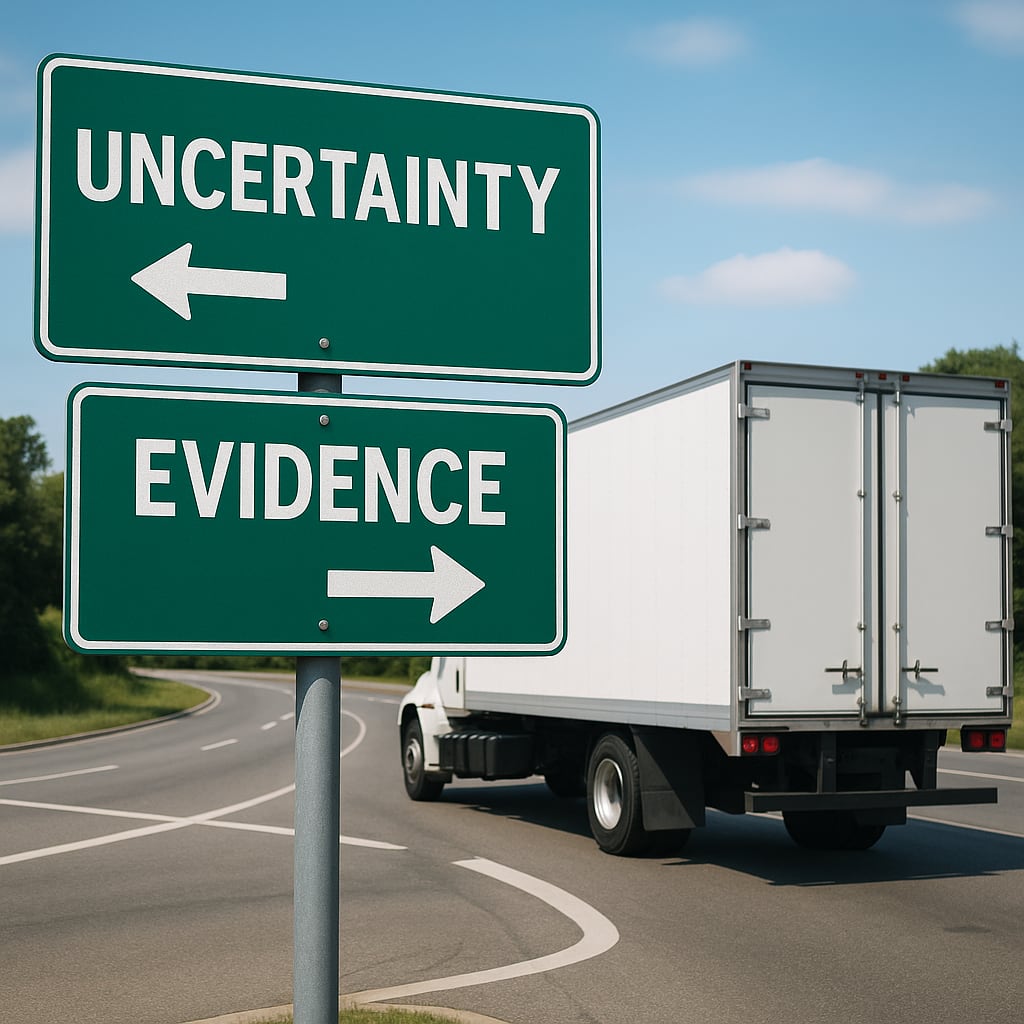Are You Still Blind at the Scene? Why Insurers Must See Crashes As They Happen, Not After

Insurers can no longer afford to be blind at the scene. Video telematics turns uncertainty into evidence, streamlining claims, reducing fraud, and enhancing underwriting. Nexar delivers real-time, AI-powered insights to help insurers act more quickly and effectively.
Every hour you wait to understand a crash, your costs increase, your exposure widens, and your credibility erodes. In an era of nuclear verdicts, skyrocketing fraud, and driver shortages, relying on secondhand accounts and delayed reports isn’t only outdated but also dangerous. Today’s leading insurers aren’t waiting for police reports or statements; they’re watching incidents unfold in real-time, making decisions within minutes, not days. Visual intelligence is no longer a competitive edge. It’s survival.
According to, the FMCSA, crashes involving commercial motor vehicles cost the U.S. over $143 billion in 2020, factoring in lost productivity, medical expenses, and property damage. Video telematics provides real-time, context-rich data, replacing uncertainty with clarity, which helps expedite the claims process and provides a platform to coach drivers.
Here are a few ways video footage is being used:
- Speeding Up First Notice of Loss (FNOL): Footage often uploads automatically the moment a crash occurs, which can effectively reduce the claims timeline by hours or even days.
- Curtailing Fraud: The National Insurance Crime Bureau (NICB) reports that staged accidents cost the industry billions. Dashcams can serve as both deterrents and sources of evidence.
- Boosting Driver Accountability: Risk managers can review footage to identify coaching opportunities, ultimately promoting safer driving habits.
Beyond the claims process, video telematics provide valuable insights into driver behavior and vehicle usage, enabling a shift from retrospective to predictive underwriting.
Underwriters utilizing visual data can now:
- More accurately segment risk based on actual driver performance.
- Identify trends across different regions, routes, or vehicle types.
- Collaborate more closely with risk teams to promote safer fleet operations.
Risk executives are moving from passive monitoring to proactive risk management, aided by heatmaps, incident alerts, and exception-based management tools. In this data-rich environment, insurers are not just pricing risk; they're actively working to prevent it.
Nexar stands out as a frontrunner in vision-based telematics, offering insurers direct access to crash footage, behavioral insights, and AI-powered collision reconstruction. From real-time FNOL to underwriting-grade risk analytics, Nexar’s innovative solutions are helping insurers streamline their core operations with minimal technological burden and maximum efficiency.
What sets Nexar apart is its ability to blend user-friendly integration with high-frequency, high-resolution visual data, providing insurers with actionable insights that turn potential losses into teachable moments.
According to Berg Insight, the installed base of active video telematics systems in North America reached 4.9 million units in 2023 and is projected to grow at a 19 % CAGR, reaching 11.7 million by 2028. In Europe, adoption stood at 1.4 million units in 2023, with an 18 % CAGR projected to reach 3.1 million by 2028. As nuclear verdicts rise and the demand for safer driving cultures intensifies, the need to adapt has never been more critical.
The key question isn't whether video telematics will become standard practice; it's about how quickly you can integrate it and who you will trust to guide you through the transition. As you develop your strategy, consider this: Are you still depending on secondhand accounts, or are you prepared to capture the complete picture?
Let’s talk. If you're ready to see how Nexar can streamline your claims, improve underwriting accuracy, and reduce risk across your portfolio, book a short demo or connect with me directly.
Safe travels,
Dean Becker
dean.becker@getnexar.com


